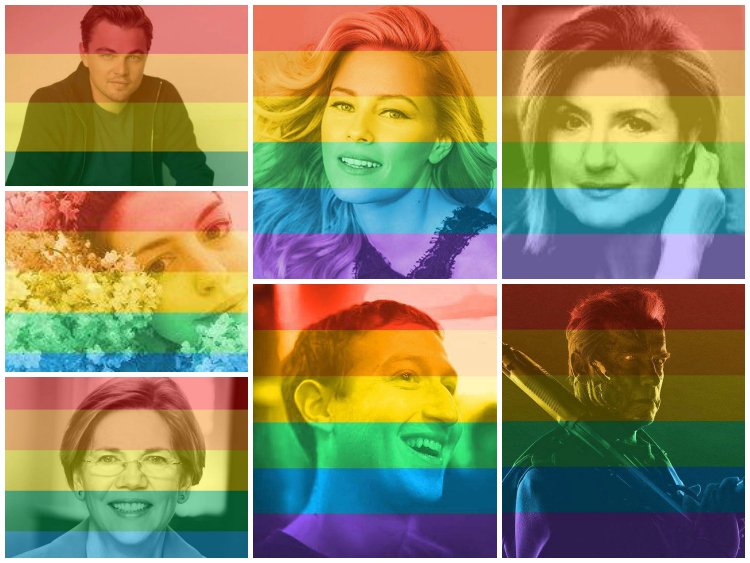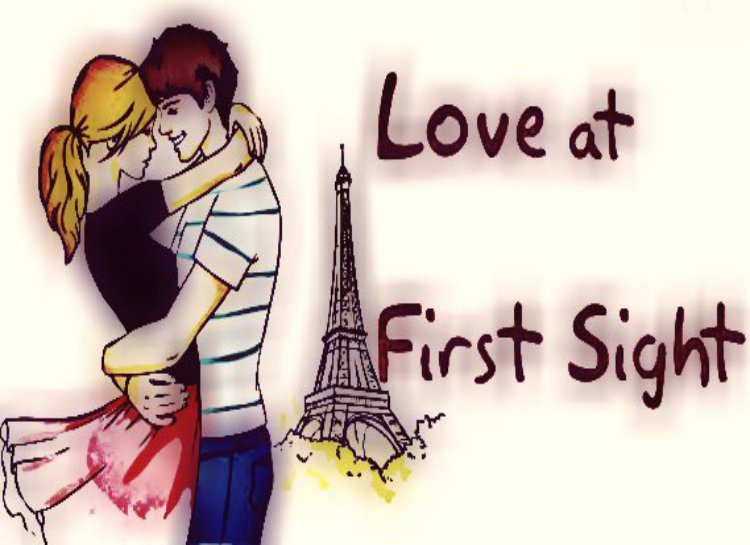Here’s the Secret Behind the Rainbow Profile Pictures
After Friday’s landmark Supreme Court decision legalizing same-sex marriage across all 50 states, many people watched their Facebook feed turn into a rainbow. In a striking show of support and celebration, more than a million people– and counting– used a tool provided by Facebook to tint pictures of their choice with the colors of the rainbow, a longstanding emblem of support for gays and lesbians.
(Also read : Intimate ways to show your love )
It was purely emotional for some. But social scientists– and Facebook data crunchers– probably viewed it more quantitatively, and in that case it was a gold mine. Facebook has gotten significant press about their attempts to manipulate users for the sake of research about mood– but fewer people have noticed their continuous data collection about how social media affects social change. And a recent study co-authored by a Facebook data scientist showed they are indeed collecting data, and paying close attention. The last watershed moment for gay and lesbian rights, followed by massive profile pic changes to the symbol for the Human Rights campaign– was studied intently, and it was discovered, among other things, that people don’t tend to change their profile pic in this way until several of their friends have been seen doing it.

I am of two minds about this, of course. On the one hand, as a social scientist, I could almost salivate at the treasure trove of data that awaits anyone delving into a study of people’s Facebook habits. How long will people keep those rainbow-colored pictures up? What variables predicted their putting it up in the first place? How much do their Facebook pictures match their real-life involvement in civil rights causes? Is there a geographical distribution– or even personality factors– that predict the willingness to change your picture to the rainbow one, and how do friends’ views spread to friends? The hypotheses to be explored seem endless. And after all, Facebook users have shown themselves to be extremely willing– if sometimes unwitting– participants. Many of them give the social media behemoth anything and everything about their lives, from birthdays and full names and birthplaces and cell phone numbers to family pictures and moods and relationships and details of their children’s latest medical malady, all with visual evidence permanently included. It’s a far cry from the old days of psych experiments, where getting a hundred people– let alone many million– to reveal inner workings of their psyches and relationships was tough and time-consuming.
On the other hand, many people still don’t realize what they’re truly signing up for when they agree to have a Facebook account. And it brings about significant bubble-bursting to imagine the extent to which a spontaneous, jubilant show of solidarity for marriage equality may actually be part of a larger corporate scheme to mine data. (The data shows interesting things, no doubt: for additional things Facebook found when it studied the last profile pic-changing moment in history— the symbol of the Human Rights Campaign– check out the aforementioned study.) And, no matter how much someone wants to show their support in a profile picture that their friends see, that doesn’t automatically mean they want to be permanently archived and identified to unknown scientists that way.






